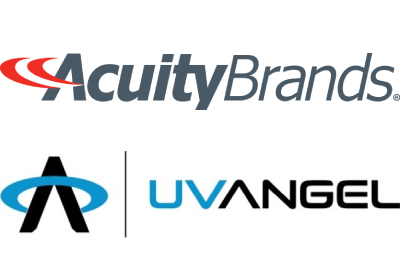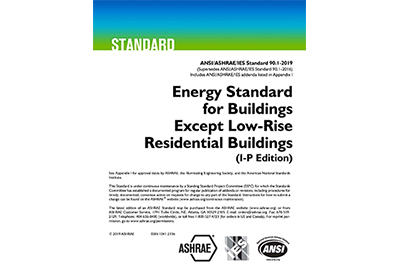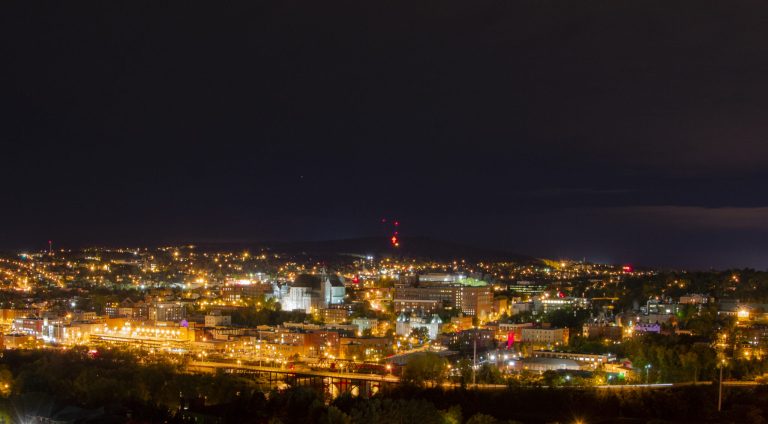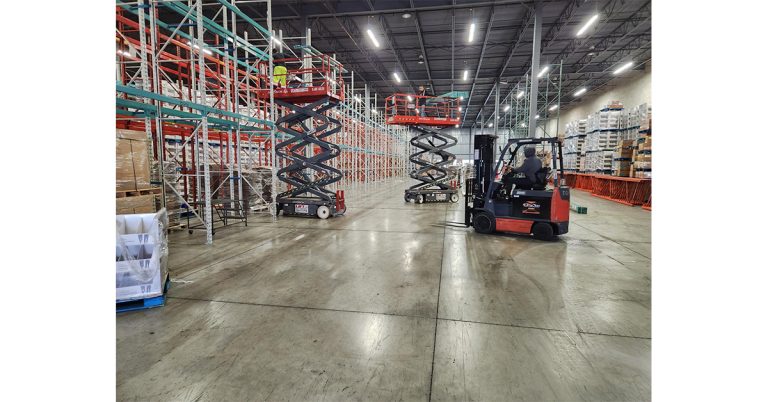LED Revolution 2.0
October 4, 2023
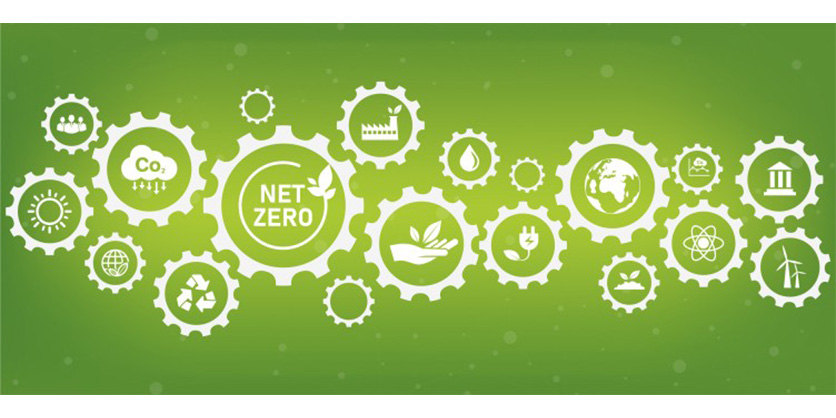
Craig DiLouie
Everywhere, we see signs the LED revolution has won. An argument can be made, however, that this mature lighting technology is simply entering its next phase of market opportunity. Call it LED Revolution 2.0.
Over 20 years, this technology utterly transformed lighting and control and the industry at large. It dominated new product development, first matching the performance of traditional luminaires and then exploring entirely new designs and capabilities to add value. Energy was always the main driver, however, resulting in a race for efficacy that has been largely realized.
Utility lighting rebate programs embraced the technology. The latest energy codes assume heavy if not exclusive use of it. In the residential market, the Biden Administration’s decision to eliminate the Energy Independence and Security Act of 2007’s exemptions and enforce its backstop provision is eliminating the large majority of remaining incandescent (halogen) general-service lamps. In the nonresidential market, a movement to ban mercury has resulted in seven states targeting mercury-containing lamps such as fluorescent.
Due to its advantages, LED has been widely adopted in both new and existing construction. The latest Department of Energy (DOE) solid-state lighting energy-savings forecast in December 2019 estimated 72 percent LED penetration in the installed U.S. commercial building lighting stock by 2025, 93 percent for outdoor.
In regions of the country where energy costs are higher, there are signs this has already been reached or even exceeded. For example, rebate program evaluation reports by utility consulting firm DNV projected LED share of the linear ambient lighting market to be 83 to 94 percent in 2023 in Connecticut, Massachusetts, New Jersey, and Rhode Island.
This is of course great news for the United States and its economy. Lighting once consumed 40 percent of the average commercial building’s energy budget; today, it is closer to 10 percent. Overall, DOE estimates that LED lighting has reduced overall electricity demand in the country by about 5 percent.
It’s also great news for new buildings. Lighting is no longer a costly utility but instead a potential building asset. Today’s LED lighting systems are highly precise, controllable, and flexible, providing a menu of capabilities and fresh benefits that 20 years ago would have been highly costly, complex, or unachievable.
For lighting practitioners doing projects in the existing buildings market, however, it may feel like the party’s coming to an end. Rebate providers are re-evaluating lighting, generally the largest part of their programs. ENERGY STAR recently announced it is sunsetting its listing for many residential LED products. The DOE has grown selective, supporting individual applications more than the category as a whole.
Coming out of the pandemic into 2023, there was a feeling the industry is at a crossroads. The buzz this time a question: What’s next?
One answer is LED Revolution 2.0. Though this time the revolution may be more about opportunity resulting from a shift in market dynamics than in technology. Nonetheless, it would certainly be as exciting if not more so, as it will give lighting in America opportunity to realize the technology’s full potential.
It’s an optimistic outlook for lighting based on the thesis outlined below. As with LED Revolution 1.0, the next phase once again starts with energy.
The LED installed base is currently a mishmash of solutions. These range from new fixtures to retrofit kits to basic-grade retrofits using replacement lamps like TLEDs.
Lighting controls, meanwhile, are not widely installed in existing construction, with the most popular control strategy, occupancy sensors, being installed in only 17 percent of commercial buildings as of 2018, according to the DOE’s Commercial Buildings Energy Consumption Survey. In its 2019 SSL energy-savings forecast, DOE estimated connected lighting—LED lighting systems with integrated and networked sensors and controllers—would achieve a 7 percent penetration in the installed lighting stock by 2025 based on current conditions.
The reason for slower adoption of lighting controls is simple economics. Despite offering the utility of high energy savings, these savings are applied against a smaller LED load, which impacts direct return on investment.
Upgrading first-generation LED systems to second-generation LED systems with advanced controls would save large amounts of energy. This includes customized lighting designs, new luminaires, networked lighting controls, luminaire-level lighting controls, tunable lighting, and integration with other building systems such as HVAC and plug loads.
Looking at networked lighting controls alone, the DesignLights Consortium (DLC) has estimated that widespread adoption could reduce average lighting energy consumption by nearly one-half. In 2023, the DLC published a study that underscored the energy savings potential of networked controls and recommended revising energy efficiency incentive models to capture the full benefits of controlled lighting, including pairing with HVAC systems in large buildings.
Using Connecticut and Arizona as regional models, the study concluded that the benefits of acquiring all cost-effective savings from networked lighting controls would be significant enough to make a noticeable impact on utility efficiency program budgets. Businesses in Connecticut could receive almost $1.2 billion in net benefits by 2030, while businesses in Arizona could receive net benefits of $217 million.
Currently, roughly a third of lighting rebate programs incentivize networked lighting controls based on the DLC’s Qualified Products List for NLCs, with the majority encouraging networked control via a luminaire rebate adder.
Lighting rebate programs evolve with market changes to capture significant energy savings. As rebate program administrators find increasing LED saturation in their territories, they are likely to examine new sources of energy savings. Likely candidates include those listed earlier: upgrading first-generation LED systems to second-generation technology, networked lighting controls, luminaire-level lighting controls, integration with other building systems such as HVAC and plug loads, and possibly lighting design approaches. Some rebate programs may tie these concepts together as requirements or packages.
Rebates are a venerable tool for lighting practitioners to gain acceptance on lighting upgrade projects by reducing initial cost. As such, they are highly influential in market demand for retrofits.
Decarbonization will enhance the incentives for deep retrofits. An increasing policy focus on decarbonization may lead to premium lighting and control options becoming more financially attractive.
At the national level, electrification of transportation is predicted to impose increasing demand for electric power. At the more local level, requirements for reporting carbon emissions and either offsetting or paying financial penalties for exceeding carbon caps may further incentivize energy efficiency and building data. Where they exist, these policies tend to focus on achieving net-zero by 2030. As these policies may be enacted at the city level, we may see a distinct market differentiation between urban and non-urban areas.
Among leading commercial properties, there is a sentiment that minimizing energy costs and the carbon footprint can generate significant value in terms of attracting and retaining high-quality tenants. Meanwhile, energy codes may evolve to become more focused on carbon savings and/or performance.
As this meta trend develops, the most robust lighting and control options may become more attractive when the ROI calculation includes all associated costs and incorporates applicable value that does not provide a direct ROI.
LED Revolution 2.0 is a big opportunity for quality lighting, lighting controls, data, and the full range of LED capabilities. The primary purpose of lighting systems is to serve people and realize the owner’s organizational goals. As such, upgrading remaining traditional and existing LED installations with today’s state-of-the-art lighting and control offerings represents a major opportunity. This opportunity includes designing lighting and control systems that take advantage of the full range of today’s LED capabilities and benefits, from circadian lighting to precise optics to color tuning to data to advanced controls and more.
Overall, the LED revolution may have won, but market conditions may be setting the stage for its next exciting phase.
Published with the permission of the author. For more information Lighting Controls Association

